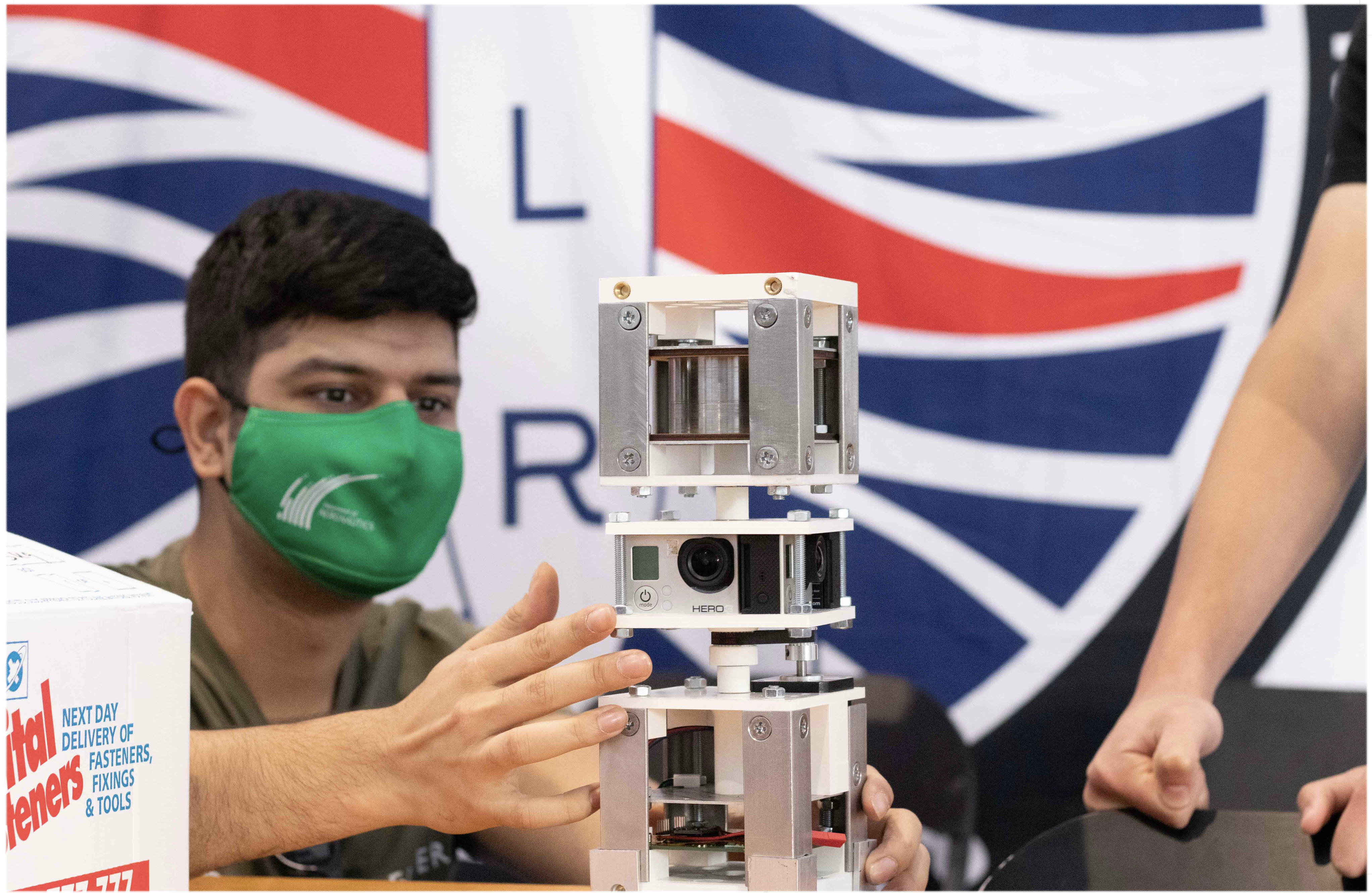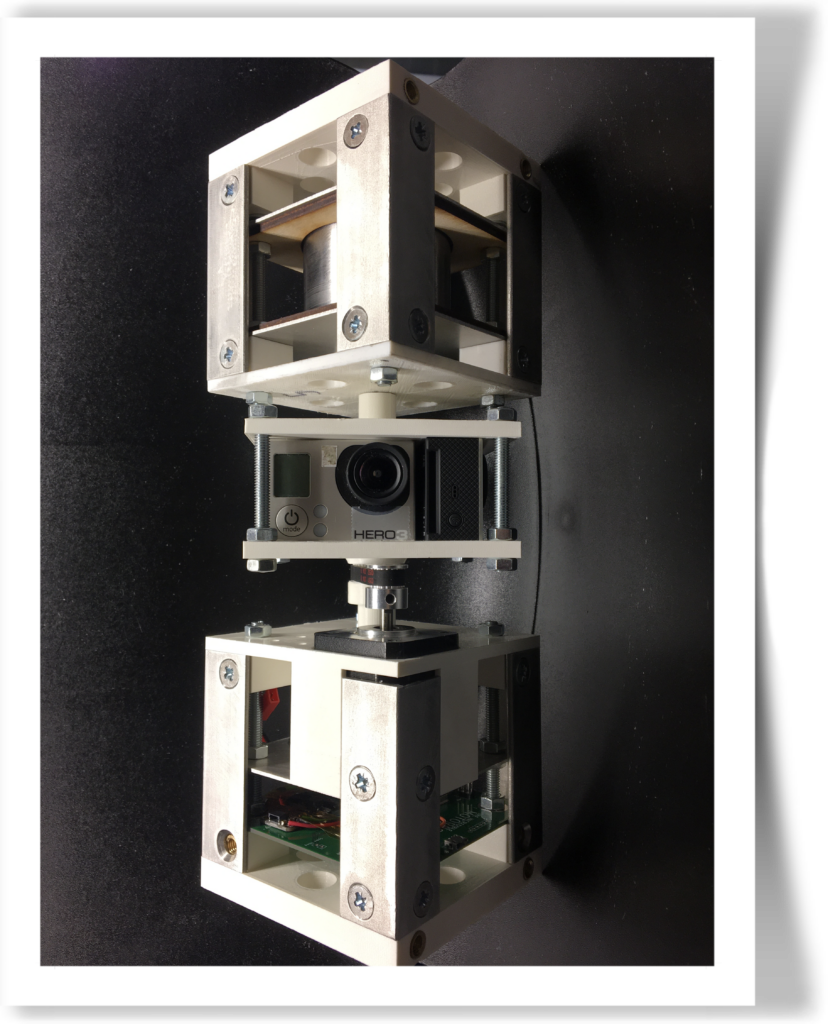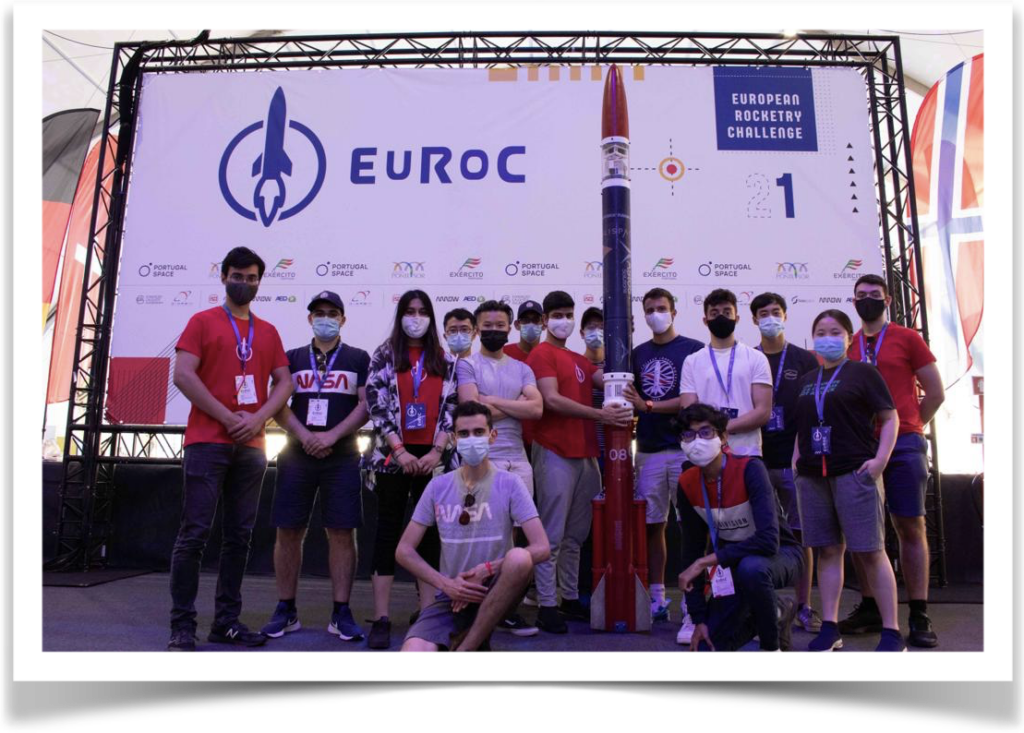
Its Not Rocket Science!
Palash Mattoo
Rocket science and music theory have a few things in common. Both involve intricate methods of constructing incredibly complex structures using nuts and bolts or musical notes. Both require hands-on experimentation and failures, and years of experience to reach mastery. Both are fields I know very little about.
The term “rocket science” is typically used when talking about the propulsion system of the rocket, as it’s undeniably one of the most challenging, expensive, and hazardous parts of a rocket to design, build and test. However, a rocket is not just fireballs and flames. A collective effort of a large number of engineers from multiple disciplines is what it takes to design one. For a medium-sized hobbyist rocket, the engine fires for only a few seconds, whereas the aerodynamic response, structural rigidity, and avionics functionality have to be taken into consideration for the entire flight. Towards the end of a nerve-wracking few minutes, the payload, the actual mission finally comes to life.
The main objective of launching a rocket is to transport a payload to the upper reaches of our atmosphere, to orbit around our planet, or deeper into space for interplanetary missions and beyond. A payload can be anything from a small satellite to a large Mars rover to a crew of astronauts. A scientific payload is designed with the intent of either demonstrating a new technology or collecting scientific data.

During my time at university, I worked on multiple different payloads in the form of CanSats and CubeSats as a part of Imperial College of London Rocketry (ICLR) – two of the most common forms of nano satellites. The form factor and dimensions are defined by the rocket, but the mission can be anything – from basic measurements of atmospheric variables to complex mechanisms used to land upright and collect samples of soil. Our most recent CanSat featured thin, flexible solar panels attached to the parachute along with some fabric (yes, daily life cloth) which also produces power from the sun!
I strongly believe that designing a small satellite for hobbyist launches is within everyone’s reach. The process begins with an interesting idea and a sketch to visualize the layout of your satellite. There are various standard constructions that can be used, with simple materials sourced from your nearest DIY. Once you have a shell, all that remains is carefully putting all your electronics, batteries, and sensors together like a game of Tetris and you’re done! Attach a parachute and you’re ready for launch. The satellite only needs to be as complicated as you want it, and lots of help is available at each step of the way. It really is not rocket science – just fancy crafting!
Getting started with such engineering projects can be intimidating, however, a necessary step toward developing useful hands-on skills and a career in this field. Feel free to contact me if you want to know more about the stuff that we do and what goes on behind the scenes.







